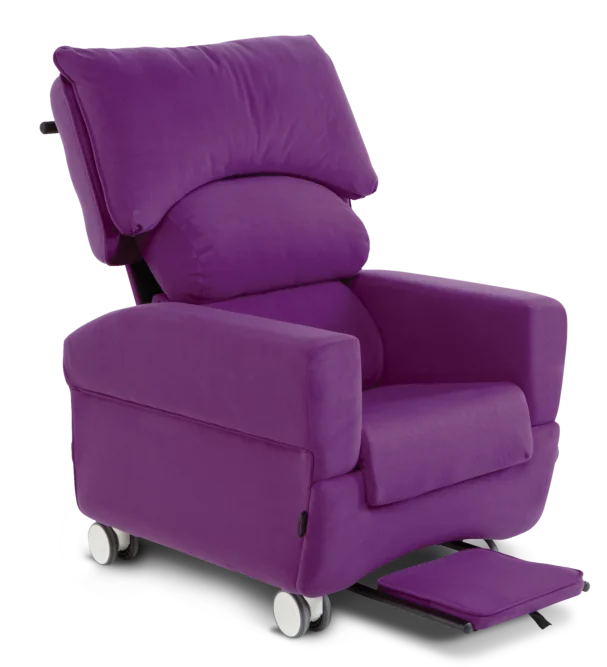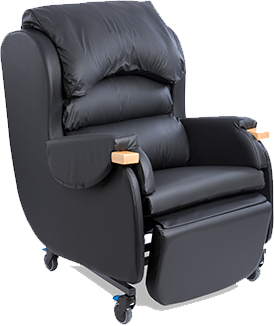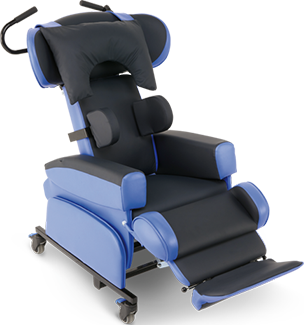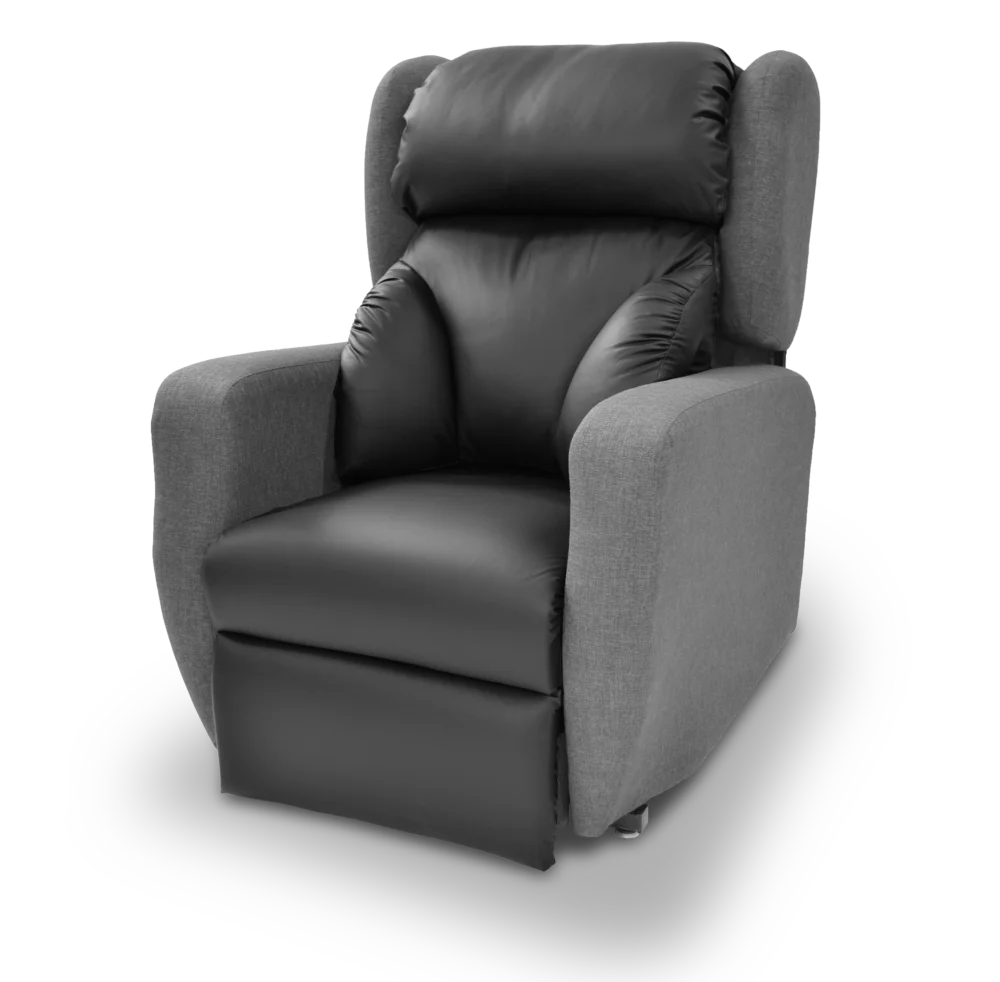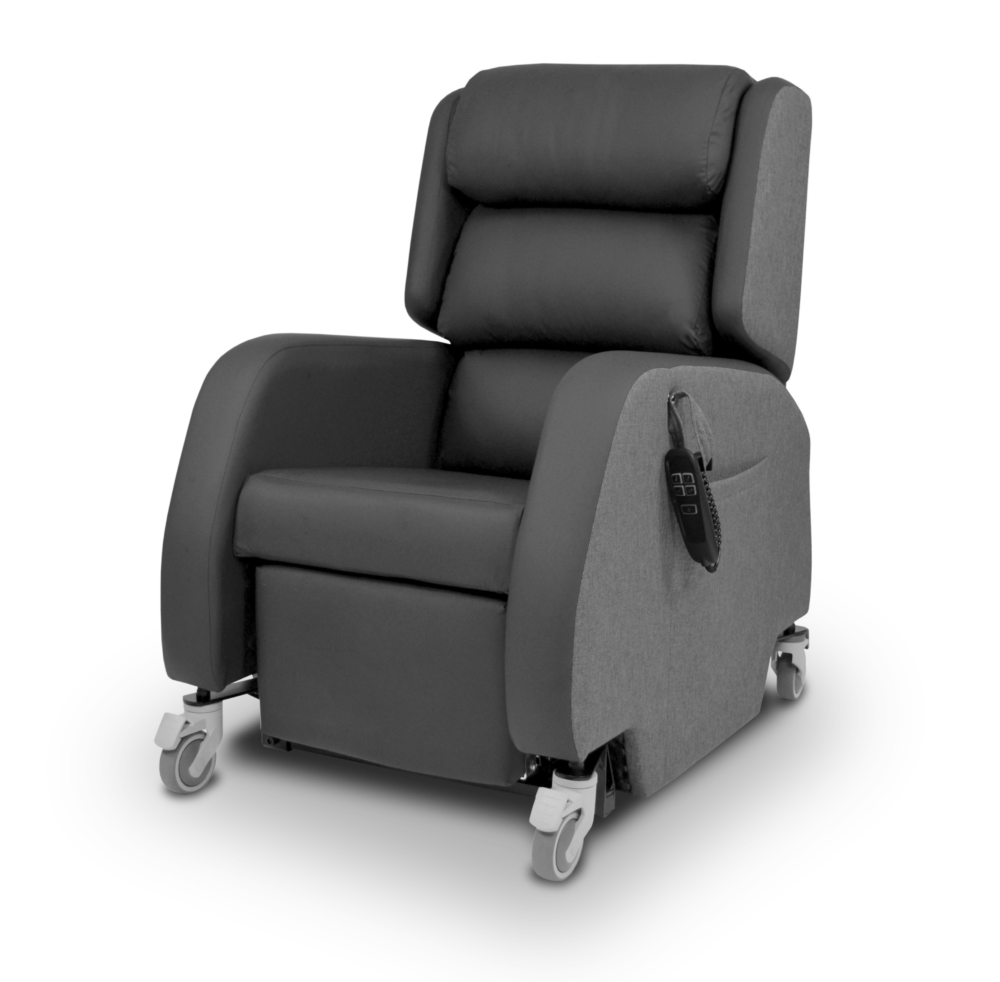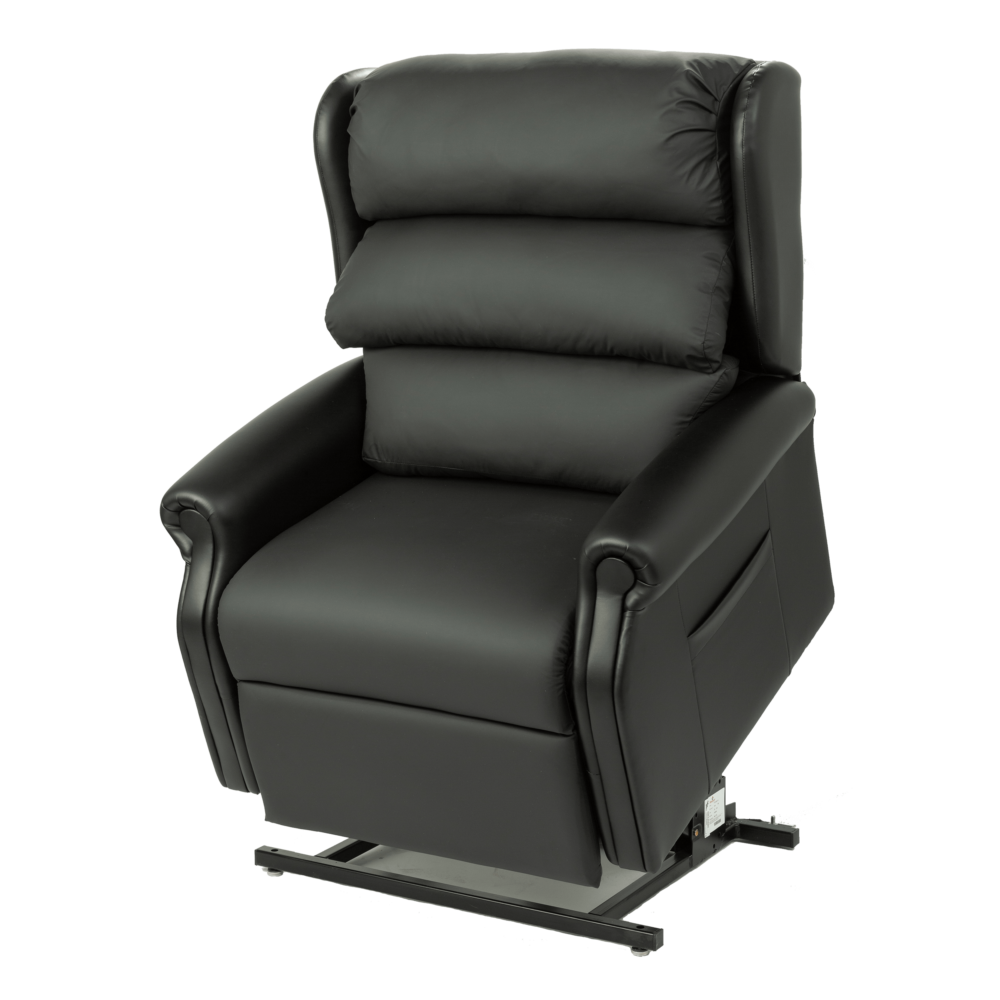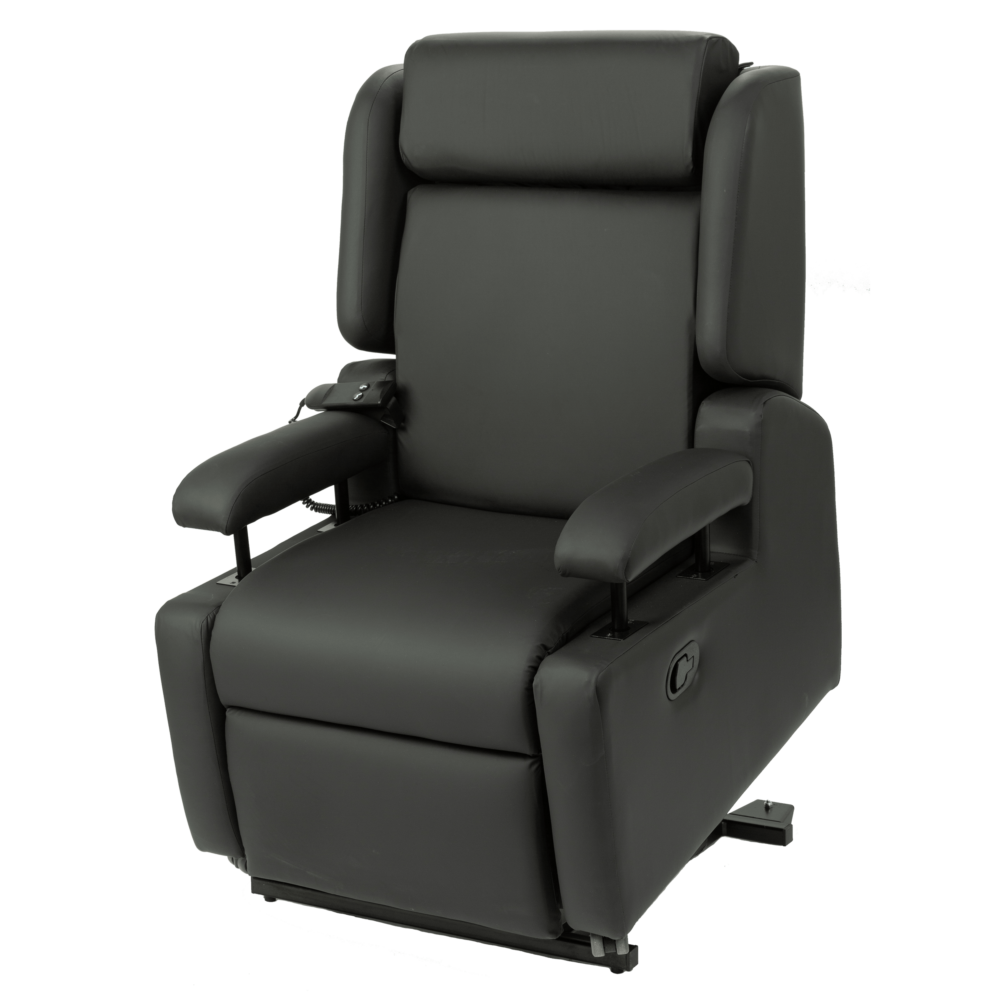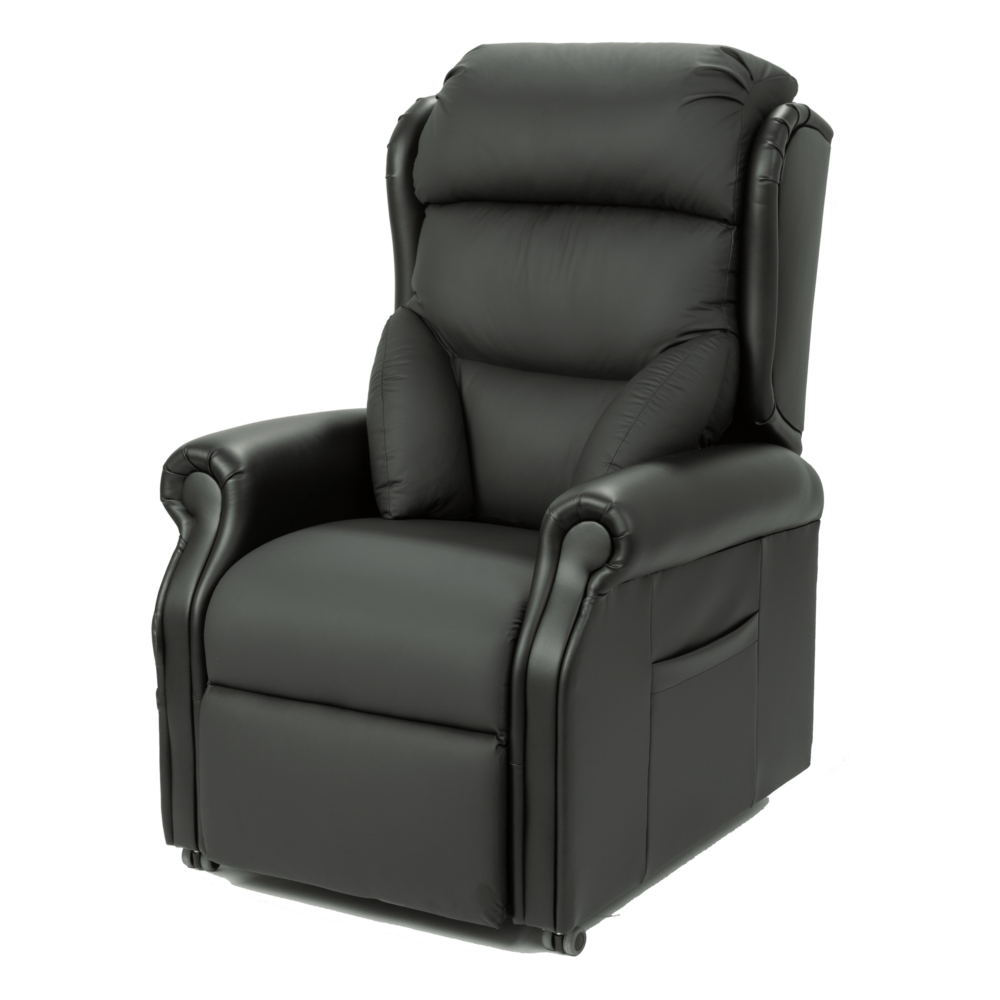Spotlight On: The Impact of Falls
What is a fall?
A fall is defined as an event which causes an individual to unintentionally rest on the ground or lower level and is not a result of an overwhelming hazard or a major intrinsic event, such as a neurological incident.
What can cause a fall?
Any individual can fall, but older people are more vulnerable due to the health challenges that can come with age, including:
- Frailty
- Deconditioning
- General weakness
- Polypharmacy
Those with long-term conditions, including neurological or neuromuscular diagnoses, can also be at risk of falls due to the following:
- Reduced postural stability
- Impacted balance
- Sensory impairments, including visual and proprioceptive
- Muscle tonal changes
- Abnormal movement patterns
There are also risks associated with dementia, intellectual disabilities, and Huntington’s disease, where a memory problem or cognitive impairment is present, resulting in an individual attempting to stand and mobilise but not having the physical ability to do so safely.
What is the human cost?
When an individual experiences a fall, it can significantly damage their confidence and motivation to be active again. This will result in immobility and deconditioning with an increased demand for assistance from others. Undoubtedly, this will impact their well-being and quality of life and increase their risk of further falls.
Falls can become recurrent and result in trauma, including head injuries, hip fractures, and open wounds. Short and long-term outcomes for individuals are generally poor following a hip fracture, with increased one-year mortality of between 18% and 33% and negative effects on participation in activities of daily living.1
A fall can be devastating; the human cost includes distress, loss of confidence, pain, injury, and increased morbidity and mortality.
The impact on service provision
30% of people aged 65 and over will fall at least once a year; for those aged 80 and over, it is a staggering 50%.2For health and social care services, falls are both high volume and costly; annual activity and implications include the following:
Falls are the number one reason older people are taken to a hospital emergency department1
- Emergency admissions for falls in people aged 65 have increased year on year – from 185,000 in 2010/11 to 234,000 in 2019/20.3
- Falls in hospitals are the most reported patient safety incident, with more than 240,000 reported in acute hospitals and mental health trusts in England and Wales.1
- Falls represent a significant cost to the wider healthcare system; the annual cost to the NHS from falls among older people is estimated at £2.3 billion.4
- Fragility fractures, including hip fractures, have been estimated to cost £4.4 billion, including £1.1 billion for social care.1
- A review of long-term disability found that around 20% of individuals who sustained a hip fracture entered long-term care the first year after the fracture.1
Additionally, annual ‘winter pressures’ already increase demand for ambulance services, emergency departments, and hospital wards. If an individual has fallen but not sustained any injuries, they are likely to be triaged understandably as a lower priority than a medical emergency. A ‘long lie’ on the floor, over one hour in length, is strongly associated with major complications, including serious injuries, admission to the hospital, and subsequent moves into long-term care.5
Evidently, there is a current and urgent need to protect health and social care resources to ensure effective service provision for all for years to come. Reactive-only management of falls will incur additional costs and demands, with individuals who do experience a fall utilising already limited hospital bed spaces, having to enter a care home settings due to additional needs, requiring extra staffing levels for transferring and repositioning, and needing more specialist equipment going forward.
Therefore, should we prioritise preventative measures and play our part as postural care advocates? Specialist seating can significantly impact fall prevention even if only perceived as a small element of an individual’s care plan.
Why is seated posture important?
A fall risk, or a history of falls, can mean that individuals slide down and from the chair, or they can fall during transfers. With seated posture, this equates to an individual’s postural needs not being met by the seating system; they do not have the appropriate provision to enable them to achieve their optimum sitting position or to allow them to interact safely with their environment.
Generally, this can be observed as follows:
- Discomfort within the chair
- Incorrect chair dimensions for the individual user
- Inattention to postural stability
- Inappropriate support at all body segments, including the feet
- Inadequate accommodation of the critical angles for sitting
- Lack of integration between the chair and the environment
Long-term, individuals repeatedly sliding down the chair into sacral sitting can also have an increased risk of developing pressure injuries due to the shear and friction forces at play.
How can specialist seating support falls prevention?
Well, you will have to keep an eye out for our next blog, which will detail how specialist seating can support individuals and their support network if a risk of falls has been identified or if a history of falls is present.
To set the scene for the next blog, specialist seating is a fundamental part of an individual’s 24-hour care plan if additional needs that impact posture and movement have been highlighted. Attention to environmental hazards and addressing postural instability, mobility concerns and balance problems are critical to falls prevention.2
How can CareFlex help?
In the meantime, please do not hesitate to contact us if you or someone you know is at risk or has experienced a fall and would like to learn more about how we can help. We offer a free no-obligation seating assessment to consider the individual’s holistic needs and support network.
We have also promised to continue supporting the NHS and prioritising their specialist seating provisions to help in their battle against ‘winter pressures’. We offer an express chair service designed for customers who urgently need a specialist seating system, including those who need a suitable solution for their home before they can be safely discharged. We can get a chair dispatched within 5 working days*. The HydroCare, the HydroTilt, the HydroFlex and the SmartSeatPro II are all available on the express chair service with various configurations and options.
*Express chairs are subject to availability
References
- Office for Health Improvement and Disparities (2022) Falls: applying All Our Health Available from: Falls: applying All Our Health – GOV.UK (www.gov.uk)
1.National Institute for Health and Care Excellence (2013) Falls in older people: assessing risk and prevention Available from: Introduction | Falls in older people: assessing risk and prevention | Guidance | NICE
- Office for Health Improvement and Disparities (2022) Public health profiles: Emergency hospital admissions due to falls in people aged 65 and over Available from: Public health profiles – OHID (phe.org.uk)
- National Institute for Health and Care Excellence (2018) NICE impact falls and fragility fracturesAvailable from: https://www.nice.org.uk/media/default/about/what-we-do/into-practice/measuring-uptake/nice-impact-falls-and-fragility-fractures.pdf
- NHS England (2022) Going further for winter: Community-based falls response Available from: BW2063-falls-response-service-principles-19-october-22.pdf (england.nhs.uk)

